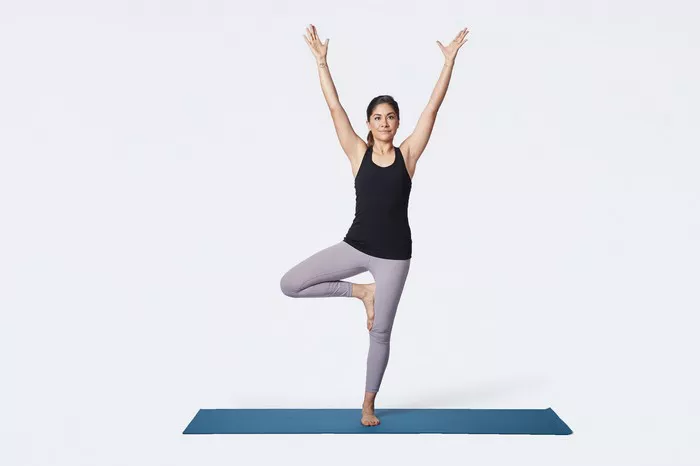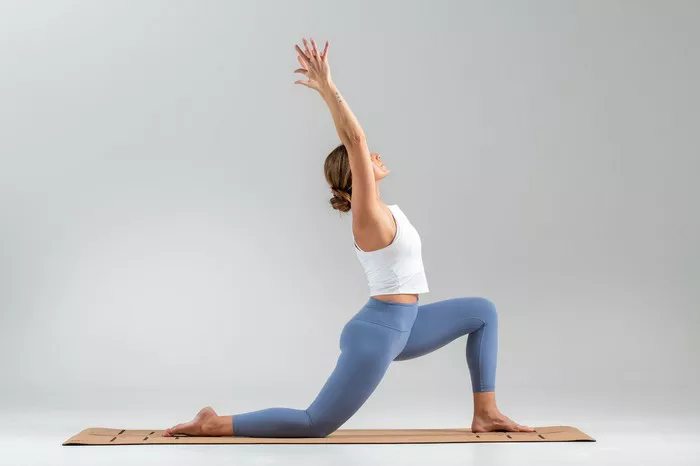Meditation is a cornerstone of yoga practice, providing profound benefits for mental clarity, emotional balance, and spiritual growth. Integrating meditation asanas into your yoga routine can deepen your practice and enhance your overall well-being. This article explores various meditation asanas, their benefits, and tips for practicing them effectively.
The Importance of Meditation in Yoga
Meditation, or Dhyana, is the seventh limb of the eight-fold path of yoga outlined by Patanjali in the Yoga Sutras. It is the practice of focused attention and mindfulness, aiming to still the mind and achieve a state of inner peace and enlightenment. While yoga asanas prepare the body, meditation asanas prepare the mind for this journey.
Benefits of Meditation Asanas
- Mental Clarity and Focus: Regular meditation practice helps clear the mind of clutter and enhances concentration.
- Emotional Stability: Meditation reduces stress and anxiety, promoting a sense of calm and emotional balance.
- Spiritual Growth: Meditation fosters a deeper connection with oneself and the universe, aiding in spiritual development.
- Physical Health: Meditation asanas improve posture, flexibility, and overall physical well-being.
Common Meditation Asanas
1. Sukhasana (Easy Pose)
Description: Sukhasana is a simple cross-legged seated position that is accessible for most people. It is often used as a starting point for meditation.
Benefits:
- Promotes a sense of calm and relaxation.
- Stretches the hips, knees, and ankles.
- Enhances spinal alignment and posture.
How to Practice:
- Sit on a yoga mat with legs crossed.
- Place your hands on your knees, palms facing up or down.
- Keep your back straight, shoulders relaxed, and chin slightly tucked.
- Close your eyes and focus on your breath.
2. Padmasana (Lotus Pose)
Description: Padmasana is a more advanced seated pose that involves placing each foot on the opposite thigh.
Benefits:
- Calms the mind and alleviates stress.
- Opens the hips and stretches the ankles.
- Improves concentration and attention.
How to Practice:
- Sit on a yoga mat with legs extended.
- Bend the right knee and place the right foot on the left thigh.
- Bend the left knee and place the left foot on the right thigh.
- Place your hands on your knees in a mudra of choice.
- Keep your back straight, shoulders relaxed, and gaze forward or eyes closed.
3. Vajrasana (Thunderbolt Pose)
Description: Vajrasana involves kneeling and sitting back on the heels. It is often used for meditation and pranayama.
Benefits:
- Aids digestion and relieves bloating.
- Strengthens the pelvic muscles.
- Promotes calmness and mental clarity.
How to Practice:
- Kneel on a yoga mat with knees together.
- Sit back on your heels with your big toes touching.
- Rest your hands on your thighs, palms facing down.
- Keep your back straight and shoulders relaxed.
- Close your eyes and focus on your breath.
4. Siddhasana (Accomplished Pose)
Description: Siddhasana is a classic meditation posture with one heel pressing against the perineum.
Benefits:
- Promotes stability and balance.
- Stimulates the energy channels in the body.
- Enhances focus and concentration.
How to Practice:
- Sit on a yoga mat with legs extended.
- Bend the left knee and place the left heel against the perineum.
- Bend the right knee and place the right foot on top of the left ankle.
- Rest your hands on your knees, palms facing up or down.
- Keep your back straight and eyes closed.
5. Swastikasana (Auspicious Pose)
Description: Swastikasana is a cross-legged pose similar to Sukhasana but with a specific foot placement.
Benefits:
- Promotes relaxation and calmness.
- Stretches the hips and knees.
- Improves posture and spinal alignment.
How to Practice:
- Sit on a yoga mat with legs extended.
- Bend both knees and cross the legs, tucking each foot between the opposite thigh and calf.
- Rest your hands on your knees, palms facing up or down.
- Keep your back straight and shoulders relaxed.
- Close your eyes and focus on your breath.
6. Ardha Padmasana (Half Lotus Pose)
Description: Ardha Padmasana is a modified version of Padmasana, suitable for those who find full lotus challenging.
Benefits:
- Opens the hips and stretches the knees and ankles.
- Calms the mind and reduces stress.
- Enhances concentration and focus.
How to Practice:
- Sit on a yoga mat with legs extended.
- Bend the right knee and place the right foot on the left thigh.
- Bend the left knee and tuck the left foot under the right knee.
- Place your hands on your knees in a mudra of choice.
- Keep your back straight, shoulders relaxed, and eyes closed.
Tips for Practicing Meditation Asanas
1. Choose a Comfortable Pose
Select a meditation asana that is comfortable and sustainable for you. If a pose causes discomfort, modify it or choose a different one. The goal is to maintain stillness and focus without distraction.
2. Use Props for Support
Use props like cushions, blankets, or yoga blocks to support your posture. Elevating the hips can reduce strain on the knees and lower back, making it easier to sit for extended periods.
3. Focus on Your Breath
Anchor your attention to your breath to enhance mindfulness. Observe the natural rhythm of your breath without trying to control it. This practice helps quiet the mind and deepen meditation.
4. Maintain a Straight Spine
A straight spine is crucial for effective meditation. It allows for optimal energy flow and prevents discomfort. Imagine a string pulling you upward from the crown of your head.
5. Create a Calm Environment
Choose a quiet and serene space for meditation. Minimize distractions by turning off electronic devices and informing others of your meditation time.
See Also: How to Make a Yoga Meditation Room
6. Set a Timer
Set a timer for your meditation practice to avoid checking the clock. Start with shorter sessions and gradually increase the duration as you become more comfortable.
7. Practice Regularly
Consistency is key to reaping the benefits of meditation. Aim to practice daily, even if only for a few minutes. Over time, you will notice increased mental clarity, emotional stability, and overall well-being.
Incorporating Meditation Asanas into Your Yoga Practice
1. Begin and End with Meditation
Start and end your yoga practice with a few minutes of meditation. This sets the tone for your practice and helps you transition in and out of your yoga session with mindfulness.
2. Combine with Pranayama
Integrate pranayama (breathing exercises) with your meditation asanas to enhance their benefits. Techniques like Nadi Shodhana (alternate nostril breathing) or Ujjayi (victorious breath) can deepen your meditation experience.
3. Use Guided Meditations
Guided meditations can be helpful, especially for beginners. Use apps or recordings that lead you through the meditation process, providing focus and structure.
4. Explore Different Techniques
Experiment with various meditation techniques such as mindfulness, loving-kindness, or mantra meditation. Find what resonates with you and fits your needs.
Conclusion
Meditation asanas are essential tools in the practice of yoga, offering a pathway to mental clarity, emotional balance, and spiritual growth. By incorporating these poses into your routine and following the tips for effective practice, you can deepen your meditation experience and enhance your overall well-being. Whether you are a beginner or an experienced practitioner, exploring different meditation asanas and techniques can enrich your yoga journey and bring profound benefits to your life.
Related topics:























